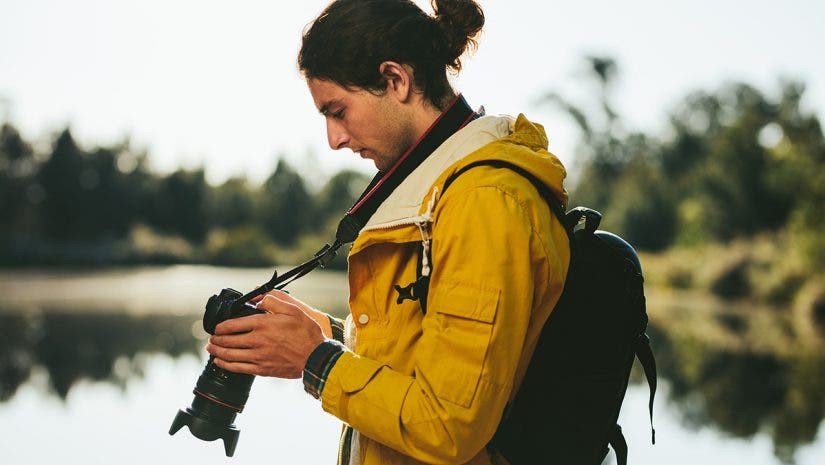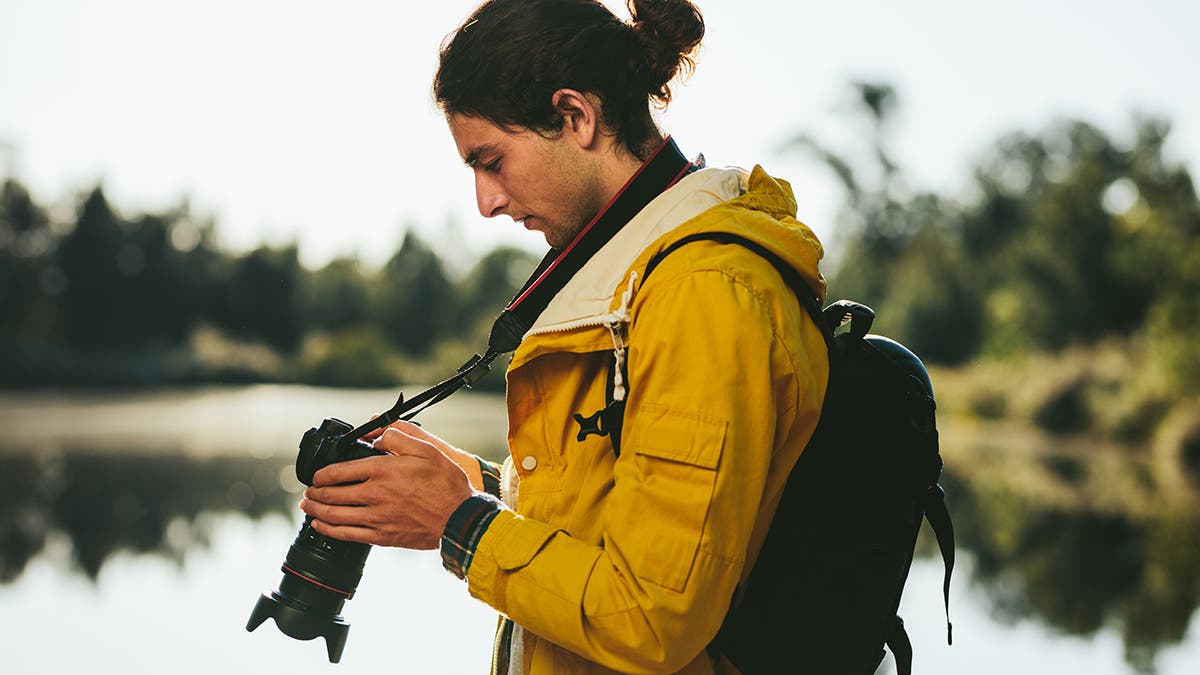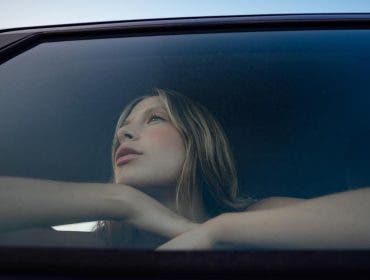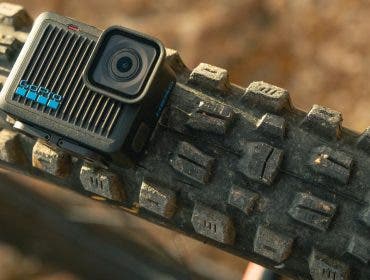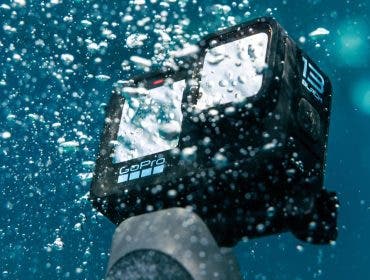The first step towards becoming a professional photographer (or an excellent amateur photographer) is using a professional camera. DSLR cameras have been around since the 1990s and are the go-to cameras of many famous photographers. Amongst the cameras used by Annie Leibovitz are two DSLRs: a Canon 5D Mark and a Nikon D810. Peter Hurley uses Canon 5D series DSLRs as well. Dorothea Lange was a fan of the Graflex Series DSLRs.The list goes on and on. Inspired by the masters of photography, read along to learn the features of the best first DSLR camera and how to choose your first DSLR camera, one that matches your style, workflow, and budget.
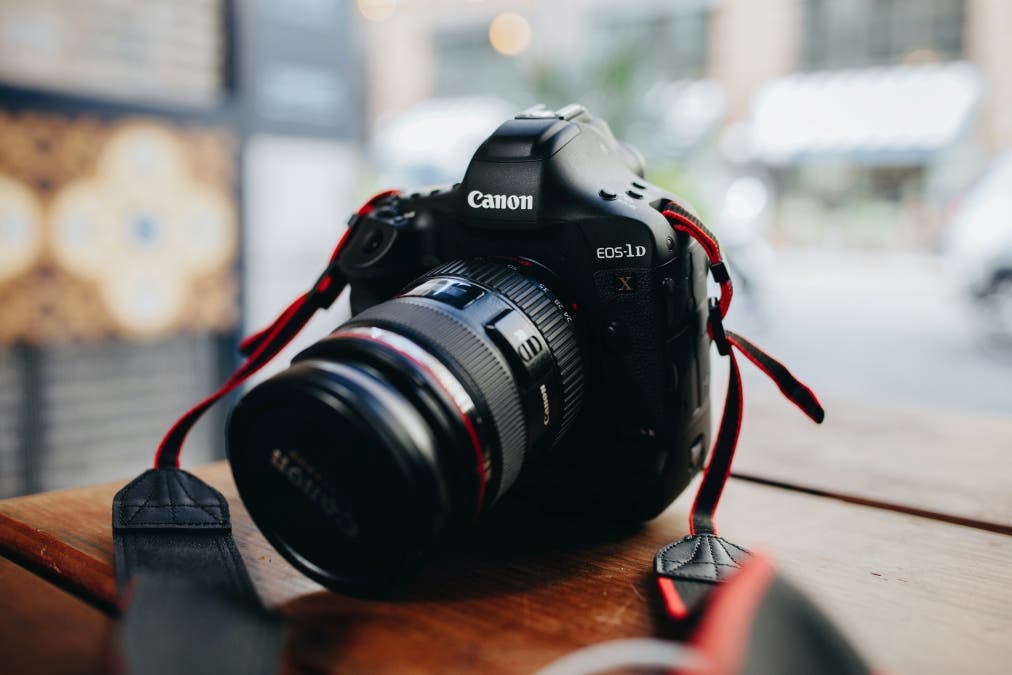
What Is a DSLR?
A DSLR (Digital Single-Lens Reflex) is a digital camera based on traditional film cameras, known as SLRs. The camera uses the mechanics and internal structure of the original film camera. Thus, it features a mirror that reflects the light coming through the lens to an optical viewfinder so the photographer can see it before pressing the shutter release button. The mirror then moves out of the way so that the image can be captured. However, the DSLR substitutes the photographic film with a digital sensor. In essence, the DSLR is a mix of SLR features and digital technology.
The first DSLR was released in 1987 by Kodak. Since the 1990s, DSLRs have become the most popular digital cameras on the market and have incorporated all the latest technological innovations, providing exquisite image resolutions, clarity, and level of detail.
Why Are DSLRs Ideal for Beginners?
DSLRs are used by professional photographers, and that’s a good indication of their value for a beginner. These cameras help you learn all the technical aspects of photography because they provide full control over camera settings, such as ISO and shutter speed, exposure compensation, and flash settings. At the same time, they feature automatic and semi-automatic modes that speed up the photo-taking process, allowing you to react fast when shooting on the move.
Don’t forget that DSLRs are cameras with interchangeable lenses, which means you can use any compatible lens you like and take wide-angle shots, close-ups, and everything in between. In terms of photo equipment for learning photography, there is no better camera than a DSLR.
In addition, DSLRs are well-known for their high image quality (they tend to have larger sensors than other cameras), high performance in low light conditions, high image resolution, long battery life, and rugged body. They are long-term companions, which means you get through the process of learning how to use a DSLR camera only once.
Key Features to Consider When Buying Your First DSLR
Technical specifications of a DSLR may be overwhelming. In addition, advanced features come at a price. DSLRs range from budget-friendly to ultra-expensive, which means you may have to compromise at some point. Buying the first DSLR is often done on a budget. Besides, you also need lenses and other accessories, such as memory cards, spare batteries, a tripod, an external flash, and so on. To make an informed decision, check out the following key features the best first DSLR should have.
A Large Sensor
You want the largest sensor size you can afford. DSLRs are categorized as full-frame (cameras with a sensor size equivalent to the 35mm film, 36mm x 24mm) and cropped (cameras with a sensor size smaller than the full-frame sensor size). The crop factor varies from 1.52 in the ASP-C sensors to 2 in the Micro Four Thirds sensors and all the way to over 5 in smartphone camera sensors. Ideally, you want a full-frame DSLR. However, if you have to compromise, your camera should have at least a 1-inch sensor.
A large sensor has a larger pixel size, which means more visual information is stored in a single pixel. The result is a sharper, much clearer image, even in low-light conditions.
A High Image Resolution
The sensor size should be paired with image resolution to have a large image with exquisite clarity, color accuracy, and room for editing. Image resolution refers to how many pixels are in an image and measures in megapixels (MP). You want your first DSLR to capture high-resolution images, at least 20MP.
A large image resolution allows you to edit your photos, crop them to improve composition (not recommended but a good-to-have option), and print them at a large scale. You can always compress your images and decrease the resolution, but you can never increase the image resolution after the image is taken.
A Wide ISO Range
ISO range dictates how well the camera will perform in low light conditions. A higher ISO value means improved light sensitivity, hence detailed, clear images in less-than-perfect lighting setups. At the same time, by increasing the ISO value, you can keep shooting at fast shutter speeds and avoid blurring your photos. For example, the Nikon D6 FX-Format is a full-frame DSLR with an impressive 100 to 102400 ISO sensitivity.
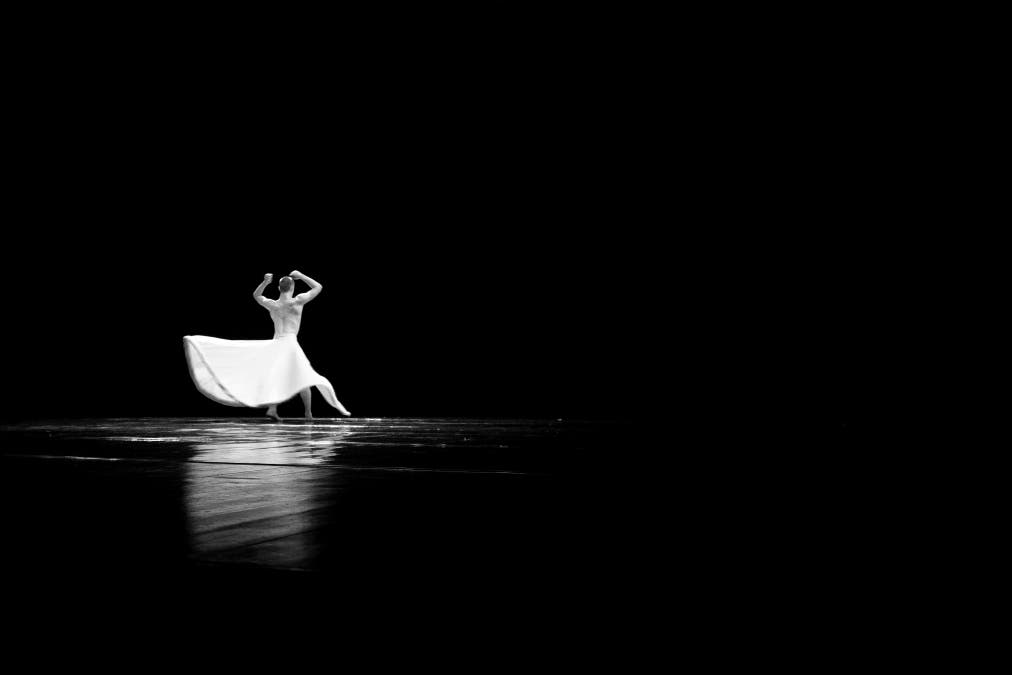
However, a camera featuring a wide ISO range is not enough. The camera also has to perform well at the highest ISO values it offers. This means it has to add very low ISO noise. The best way to check if this happens is to test it in low light conditions or look for ISO noise tests from the camera online .
An Advanced Focus System
DSLRs feature both manual and automatic focus, but not all of them are equally precise and easy to use. For example, the best first DSLR camera has many focus points and multiple group patterns to ensure a fast and precise autofocus system. The Nikon D6 FX-Format features 105 fully selectable focus points with 17 custom group areas. The Nikon D7500 DX-Format has only 51 focus points and 15 group areas. Early DSLR models had only nine focus points.
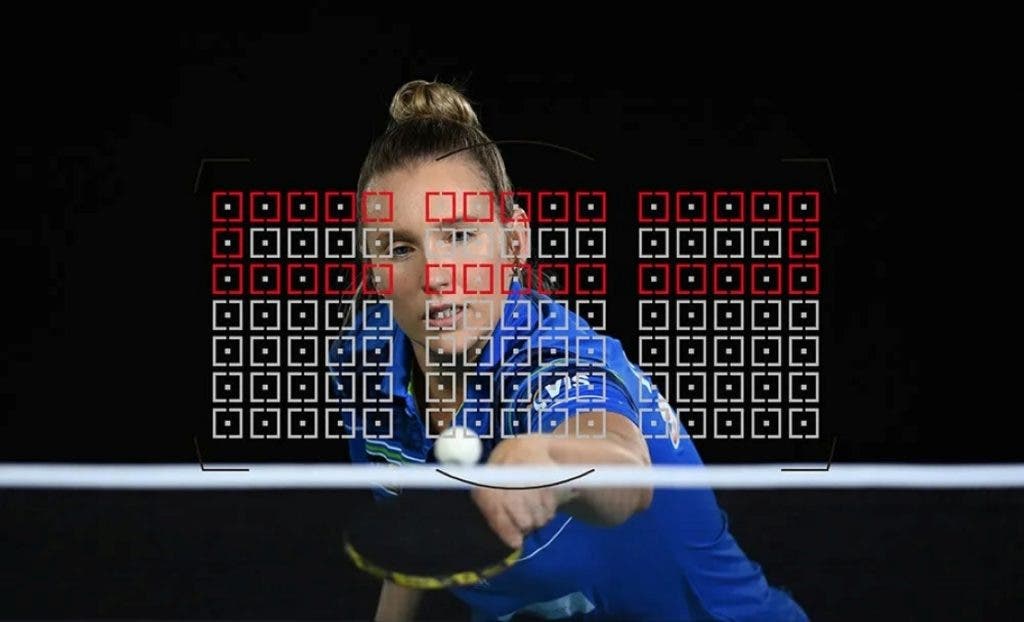
For photographing moving subjects, such as people running, cars in motion, and wildlife, the camera should feature automatic object recognition and tracking. It will make your job much easier and help you avoid blurry images.
Tip: For shooting moving subjects, you also want a camera with advanced continuous shooting, able to take multiple shots very fast. Look for high burst mode speeds.
Exhaustive Lens Compatibility
The main advantage of a professional camera is the ability to use different lenses. When you choose your first DSLR camera, ensure you can find all the lenses you might need. For example, niche lenses such as macro and fish-eye lenses may not be compatible with all camera brands. As a rule, top-end brands such as Nikon and Canon offer a wide variety of lenses for their cameras. In addition, third-party brands mostly produce lenses for top-end camera brands.
Keep in mind that lens’ quality is equally important for taking a good photograph. To ensure a particular lens is compatible with a DSLR, check the camera’s lens mount. For example, the lens mount for the Canon 5D Mark series DSLRs is called the Canon EF Mount.
Tip: In some extreme cases, you can use an adapter to connect an incompatible camera and lens. For example, Sony offers the LA-EA5 adapter to use A-mount lenses on E-mount camera bodies. Make sure the adapter maintains the electronic connection between the lens and camera. Otherwise, you won’t be able to control the lens from the camera.
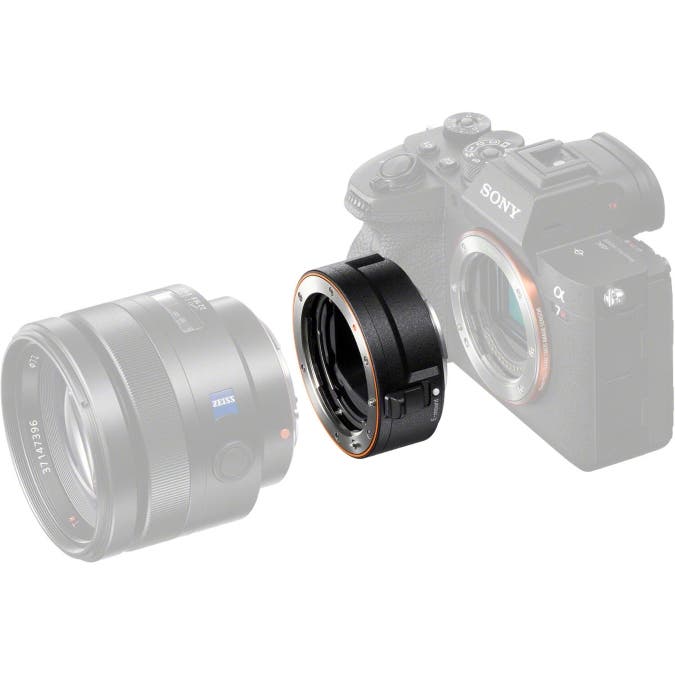
A Robust and Ergonomic Design
DSLRs are heavy and bulky due to all the optic mechanisms they host inside. Their handling requires practice and takes time to get accustomed with. So, the best first DSLR camera should fit your body and workflow for you to be able to make the most out of it. The ergonomics of the design, its shape and weight, should fit you.
At the same time, chances are you’ll be using the first DSLR for a long time. You want it to have a solid build, resist splashes, dust, and dirt, operate in low and high temperatures, and have a long battery life. Especially if you plan to shoot outdoors or in extreme conditions, don’t overlook the camera body’s design, materials, and fabrication quality.
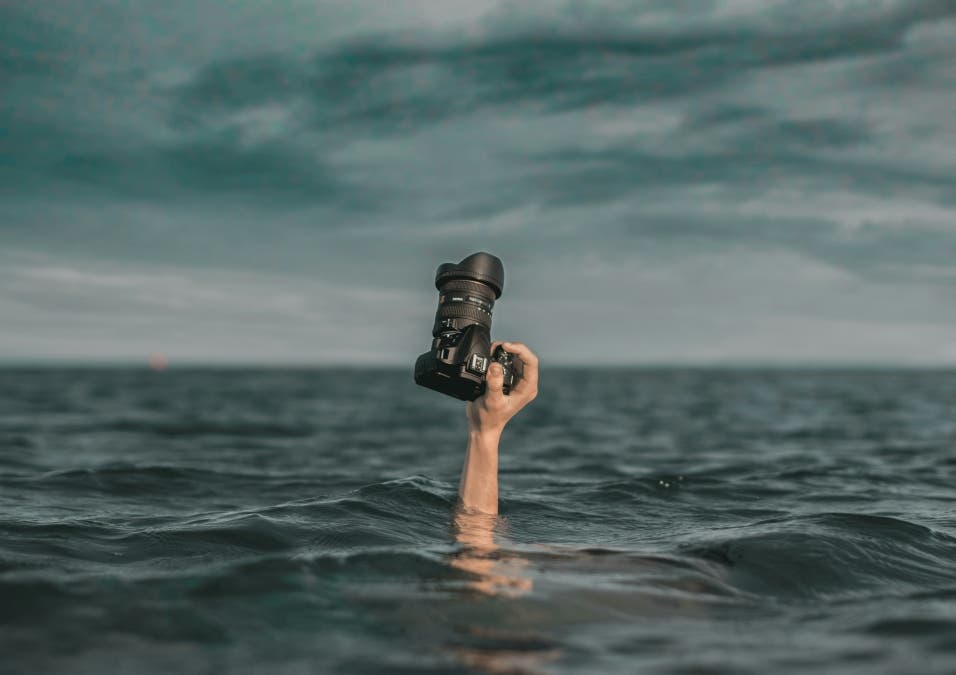
Tips for Choosing Your First DSLR Camera
Most DSLRs offer more or less the same functionalities. But how well they perform them is another story. So, go for the high end of your budget and buy the best first DSLR you can afford. This will save you money in the long term because it will meet your current requirements as well as future ones.
At the same time, try to come up with the best camera-lens combo right from the beginning. Kit lenses are thought for beginners, less expensive and more versatile. Usually, they are zoom lenses with mid-range focal lengths (e.g., 18-55mm), so you can experiment with more than one photographic genre. However, kit lenses have lower performance than lenses bought individually. And zoom lenses tend to be less reliable than prime lenses. Therefore, if you know you want the 50mm lens for portraiture, buy only the camera body and go for a prime 50mm lens.
If you want to save some money, look for DSLR bundles that include the camera body and essential accessories, such as a memory card, camera bag, cleaning kit, and post-processing software. You’ll strike a better deal than buying them individually, and you need all of them anyway.
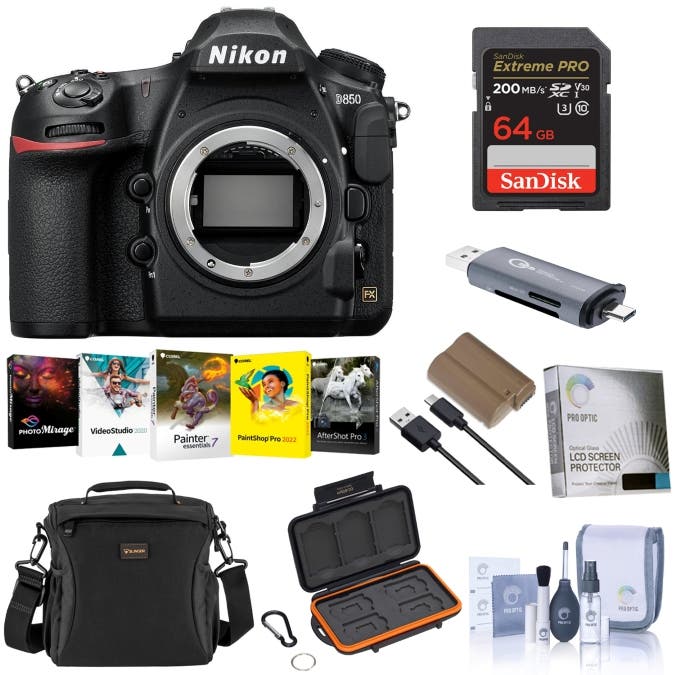
For some inspiration, check out what your mentors or photography idols use. They may direct you toward a camera brand, model, or type. They may also inspire a certain workflow, such as always using a tripod, sticking to a specific lens, or going for tethered shooting. All these translate into valuable information for choosing your first DSLR camera.
Final Thoughts
Like with any piece of technology, buying the first DSLR camera is an exciting and challenging process. It’s your gate toward professional photography but also an investment you want to get right. As a rule, the newer and more advanced the camera is, the better. Even if it takes you longer to master its settings, it will serve you for a longer time. You’ll spend less time looking for a new camera and more time taking photos. After all, that’s all any photographer wants.
